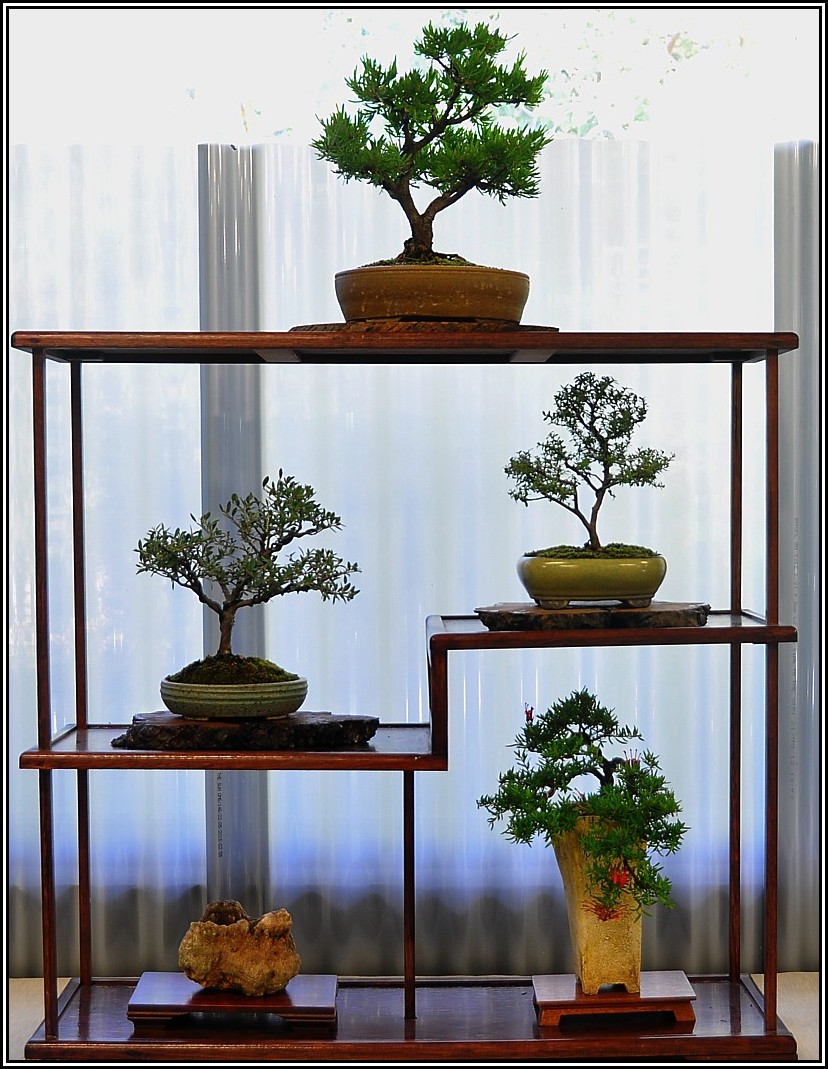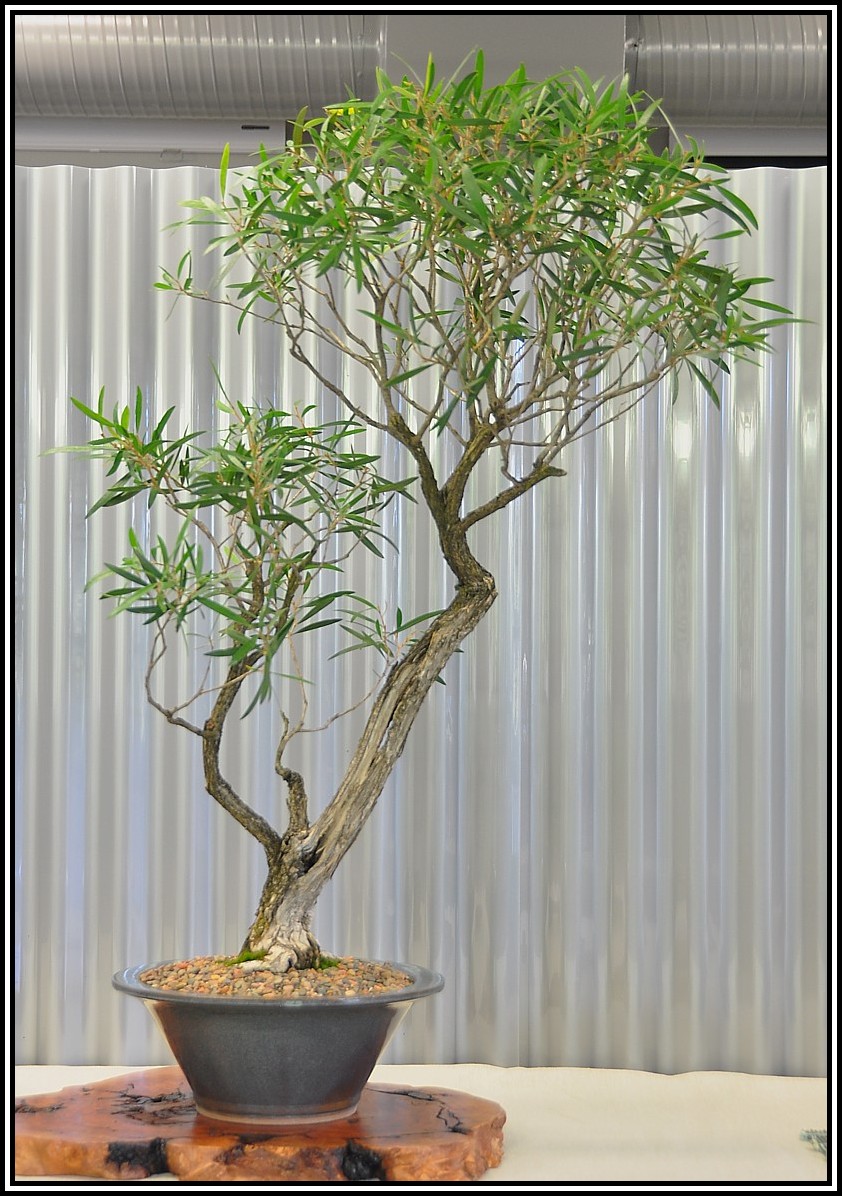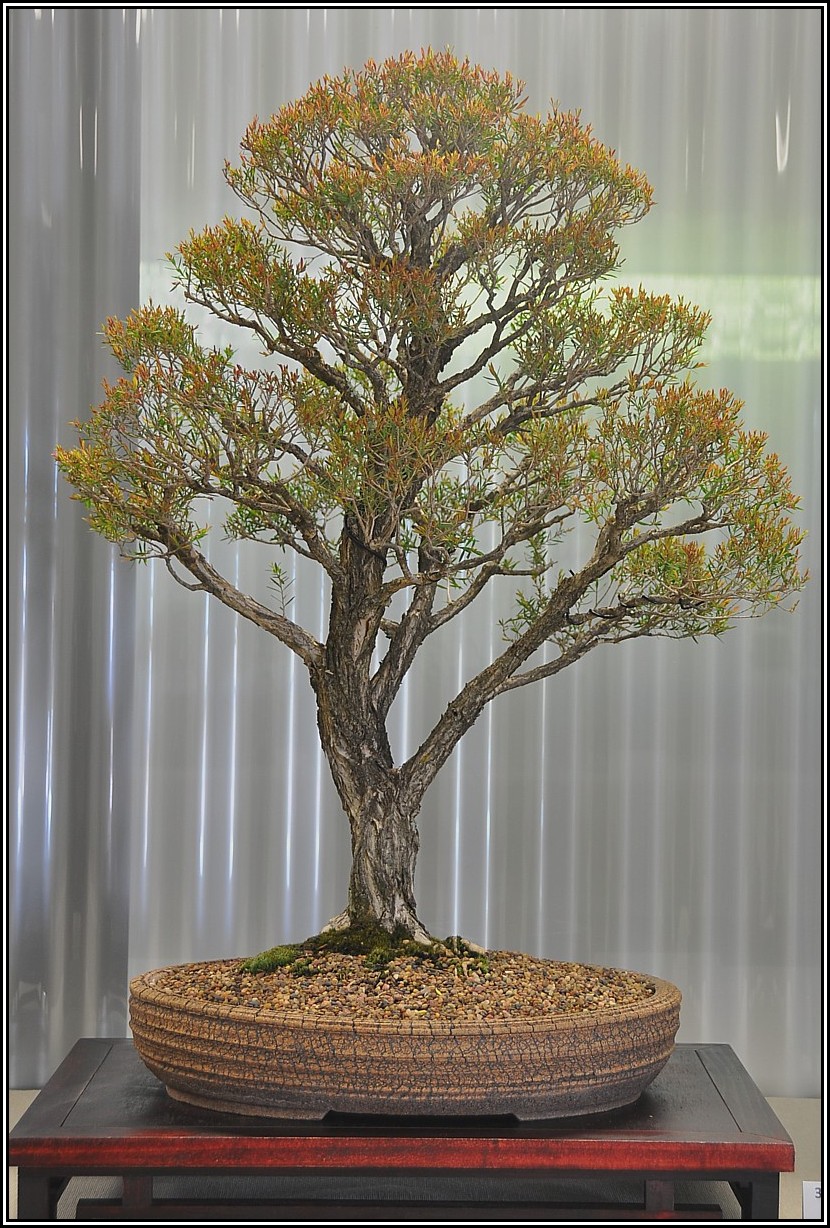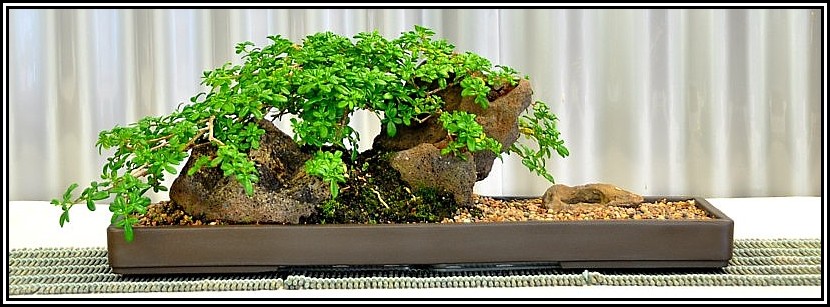Australian Native Plants as Bonsai
Catalogue notes and photographs from the Canberra Bonsai Society's
MARCH, 2018
Australian Plants as Bonsai Exhibition
held at the Australian National Botanic Gardens
Photographs by John Lowry, member of the Canberra Bonsai Society
Acacia howitti Acacia howitti Austromyrtis dulcis Banksia marginata Banksia serrata Callitris endlicheri Callitris sp. Casuarina cunninghamiana Casuarina cunninghamiana Casuarina cunninghamiana Callistemon viminalis Diselma archeri |
Suiseki Group Shohun Group Eucalyptus gunnii Eucalyptus lacrimans Eucalyptus michaeliana Eucalyptus scoparia Ficus obliqua Grevillea australis Grevillea diminuta Grevillea iaspicula Grevillea juniperina "New Blood" |
Kunzea ambigua Kunzea ericoides Kunzea sp. Leptospermum laevigatum Leptospermum laevigatum Leptospermum juniperinum Leptospermum"Mesmer Eyes" Leptospermum myrtifolium Leptospermum sp. Melaleuca linariifolia Zieria prostrata |
|
|
|
Sticky Wattle
|
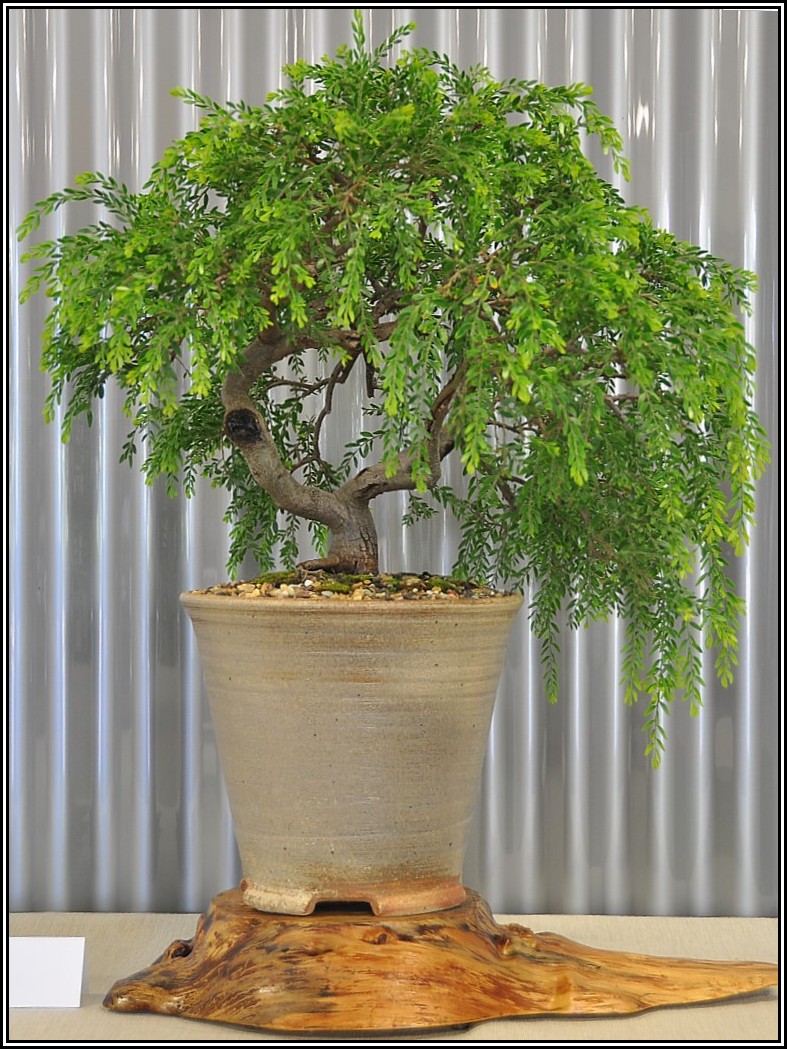 |
|
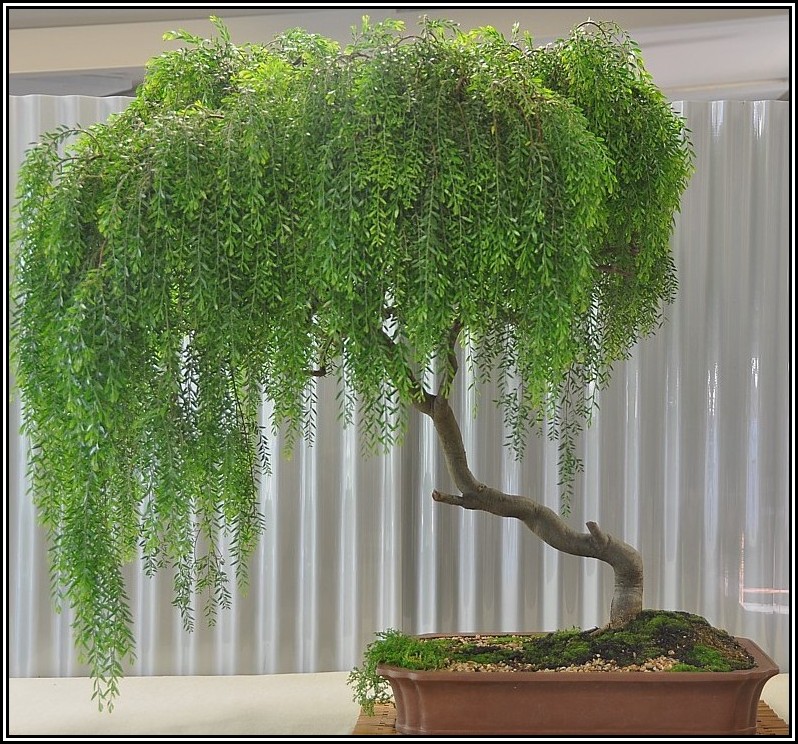 |
|
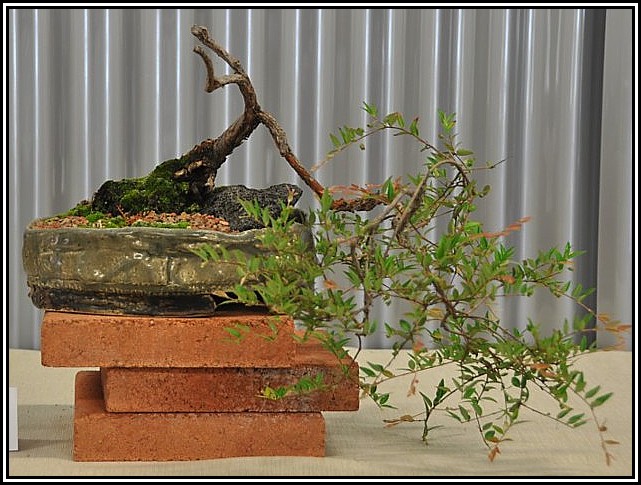
This plant comes from the estate of a good friend, Judy Parker. ANBG locations: 6-64-78-114 |
|
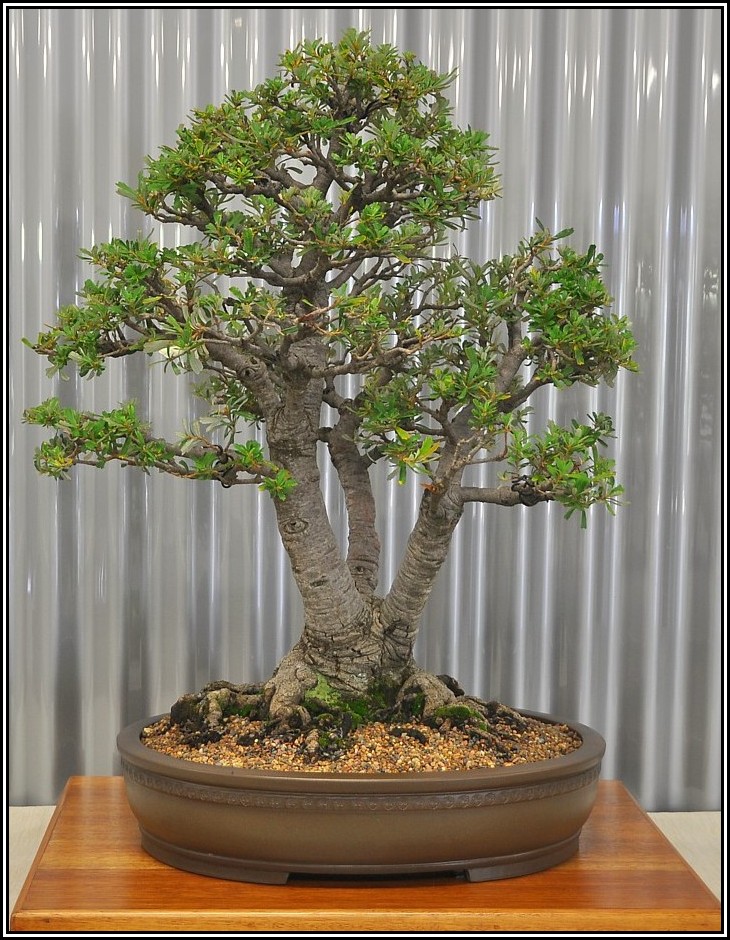 |
|
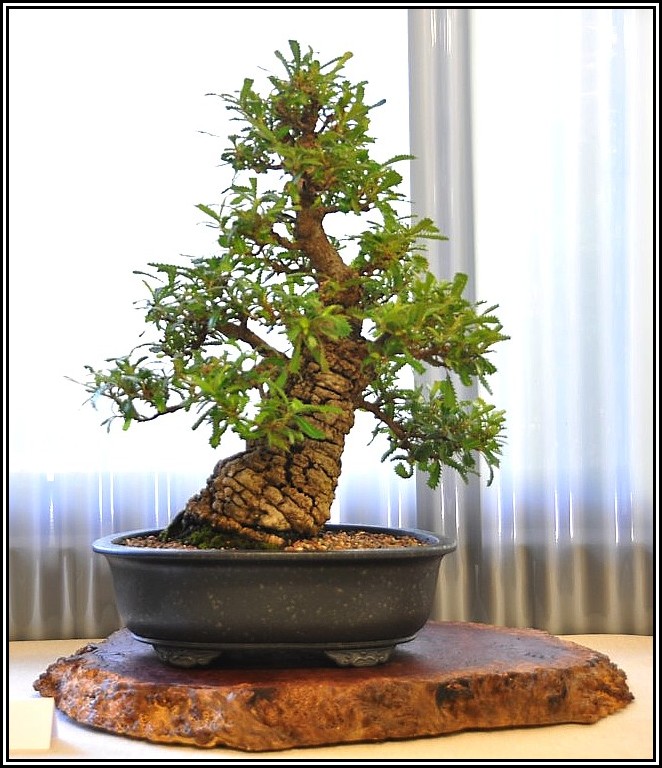
|
|
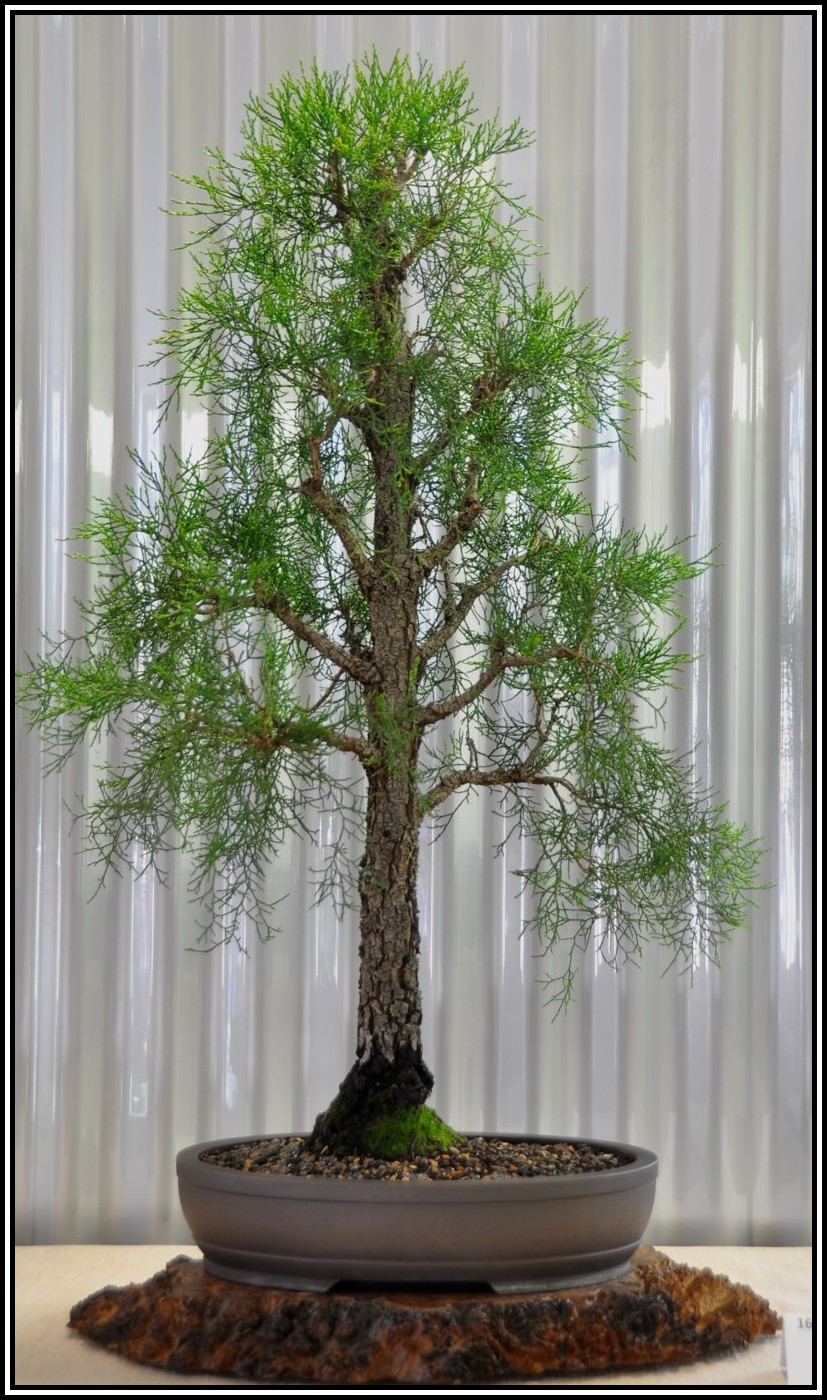 |
|
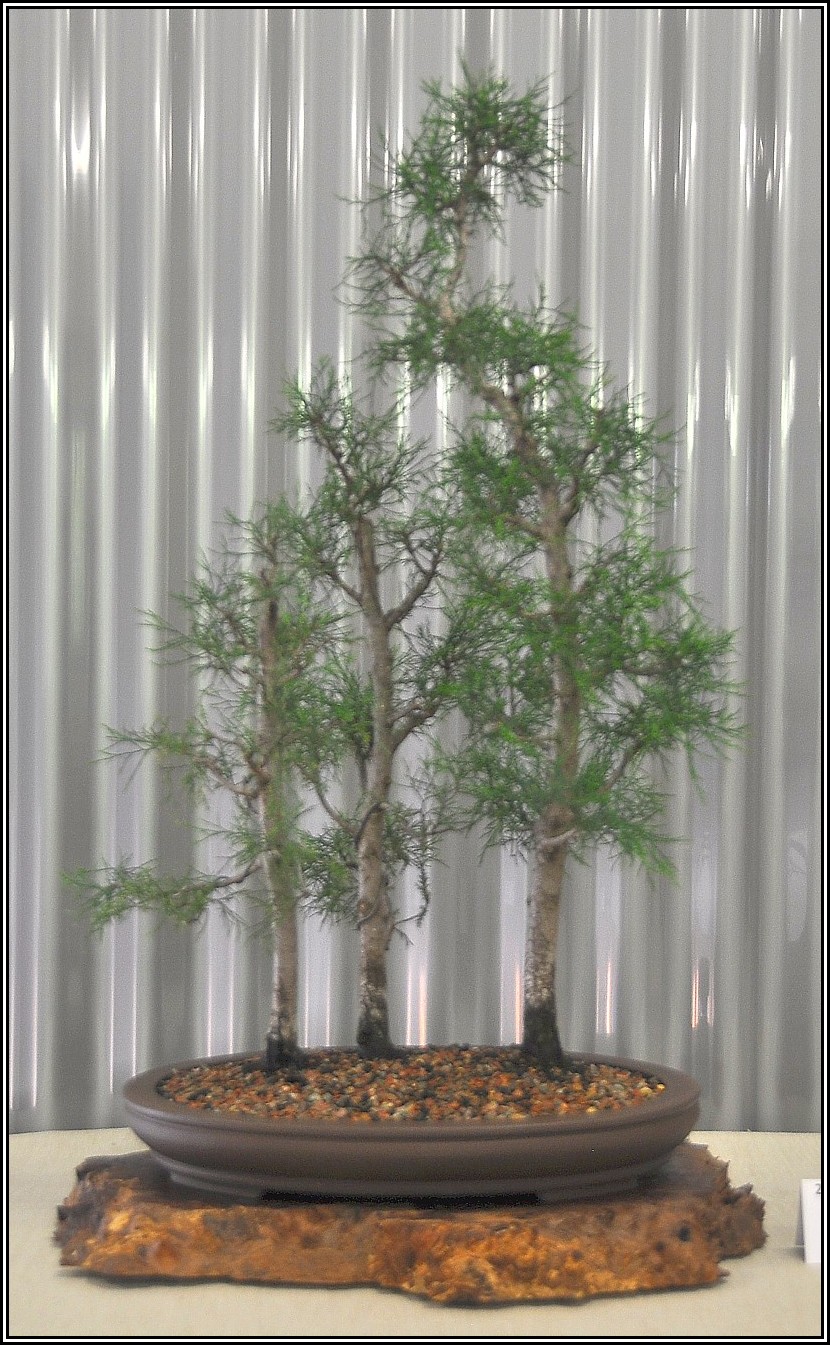 |
|
|
|
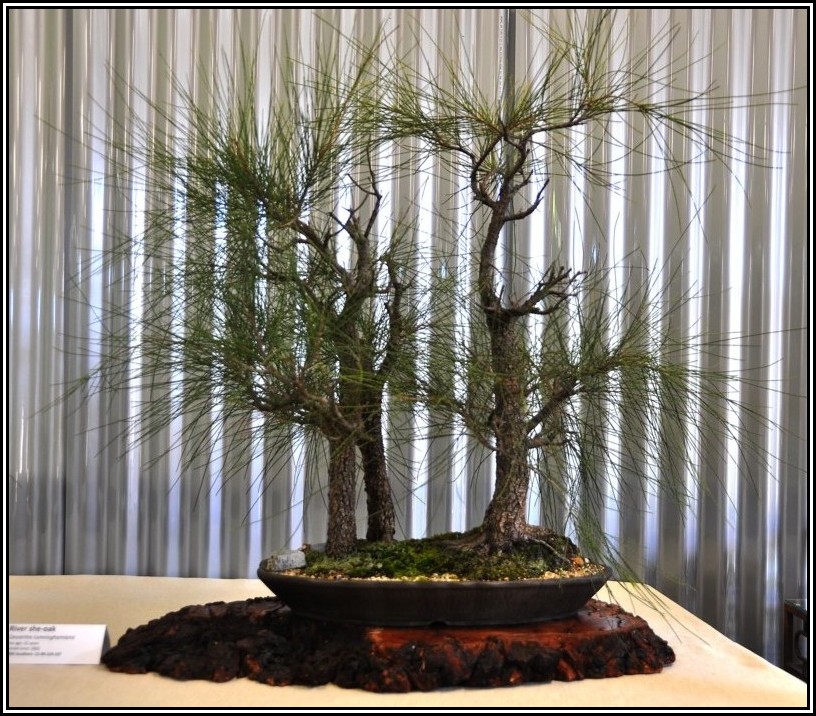 |
|
River She-oak
|
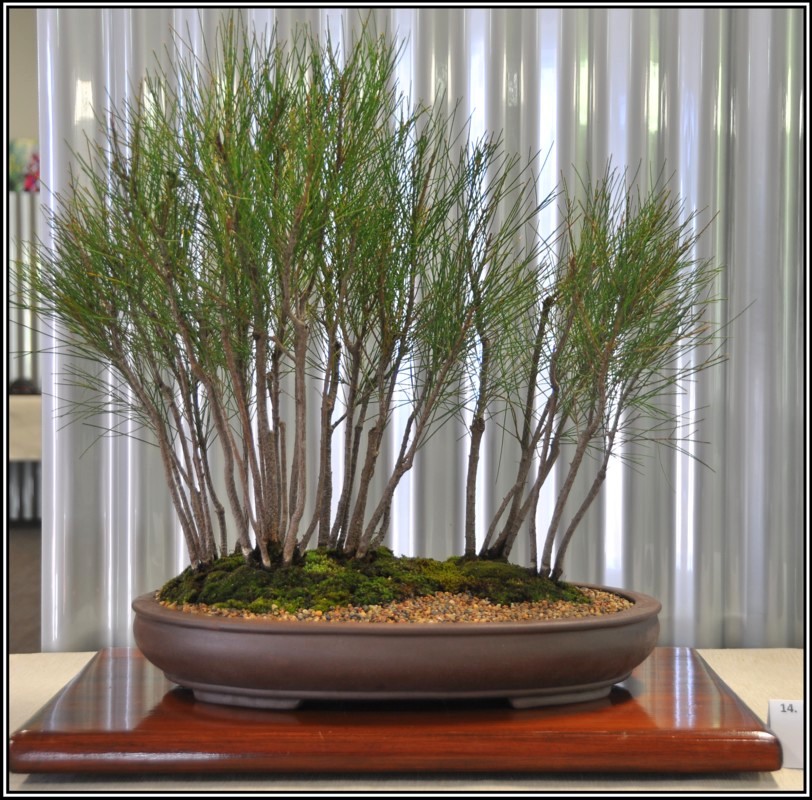 |
|
River she-oak
|
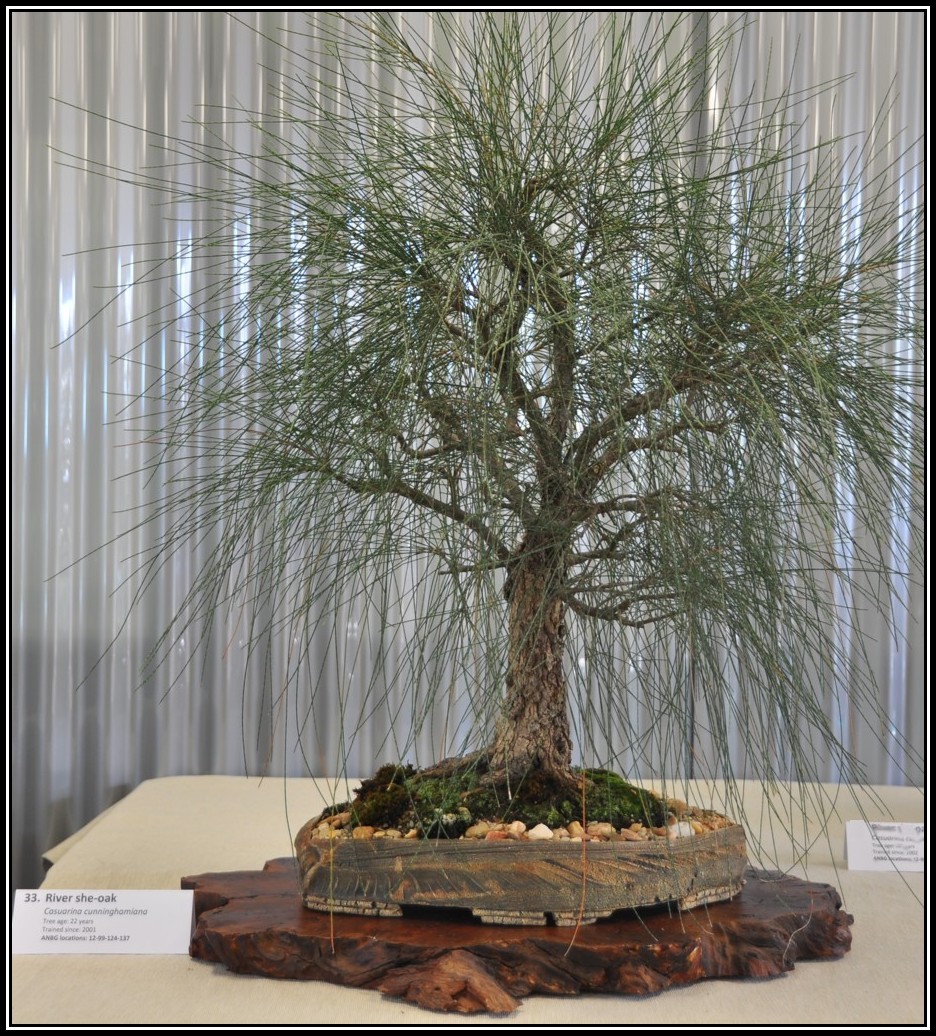 |
|
 |
|
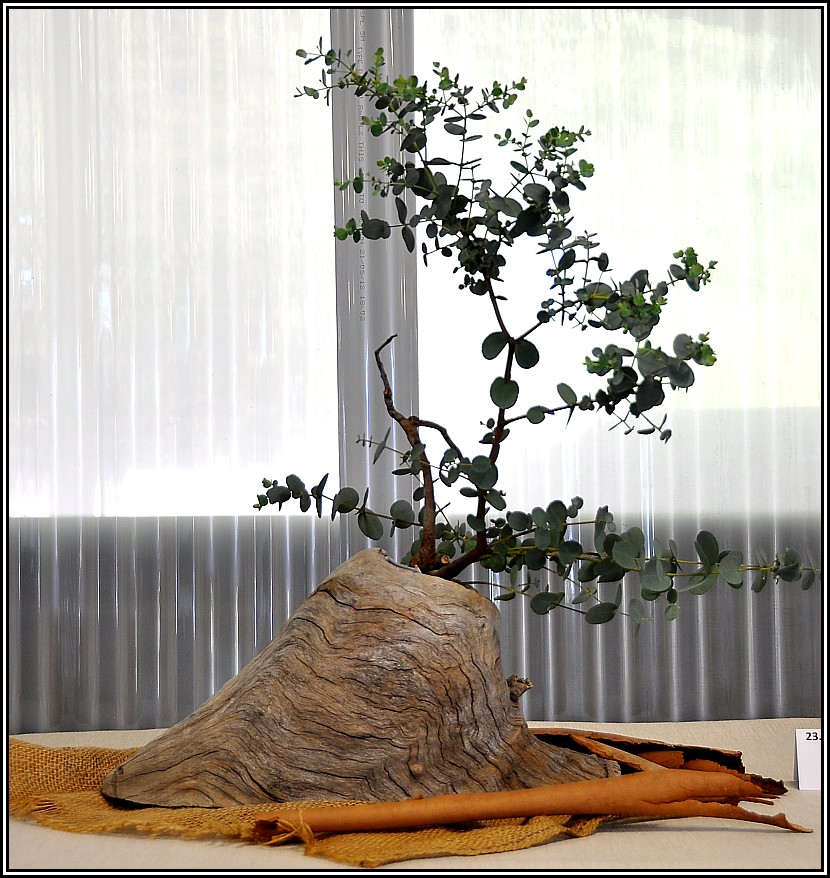 |
s approximately 8 years old and has been in this pot all it's life. We repotted it for the first time in early F
|
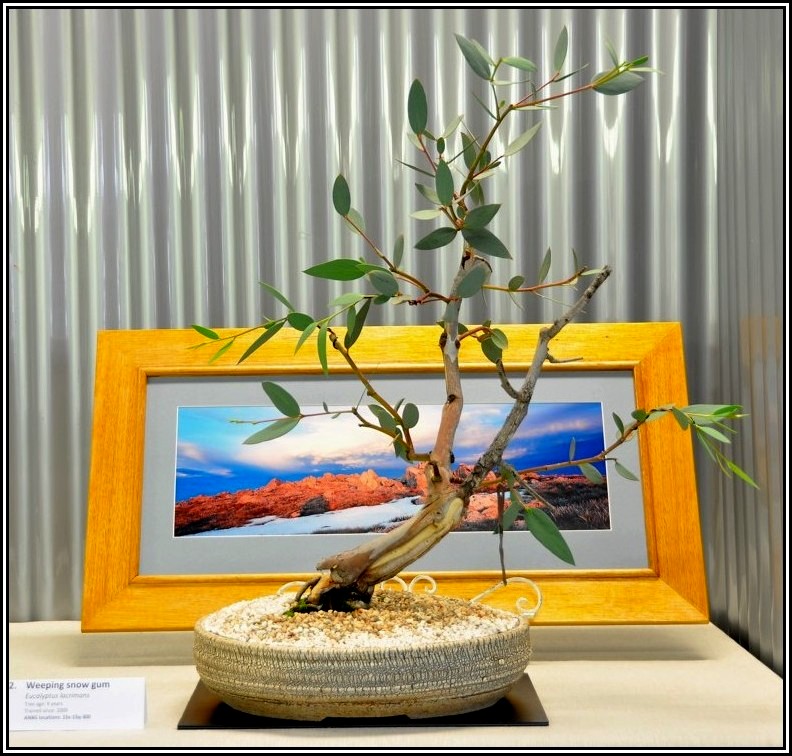 |
|
Hillgrove Spotted Gum
|
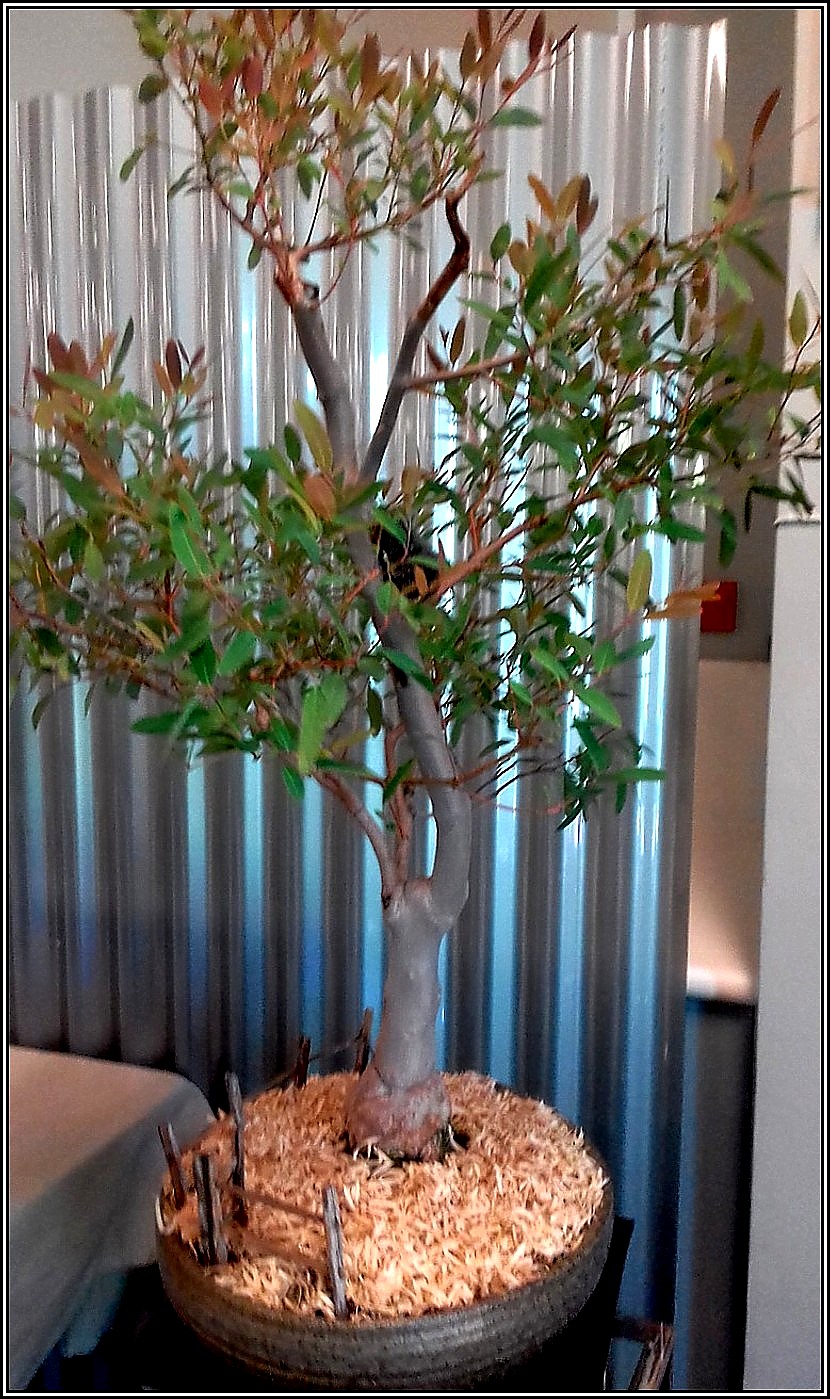 |
|
 |
|
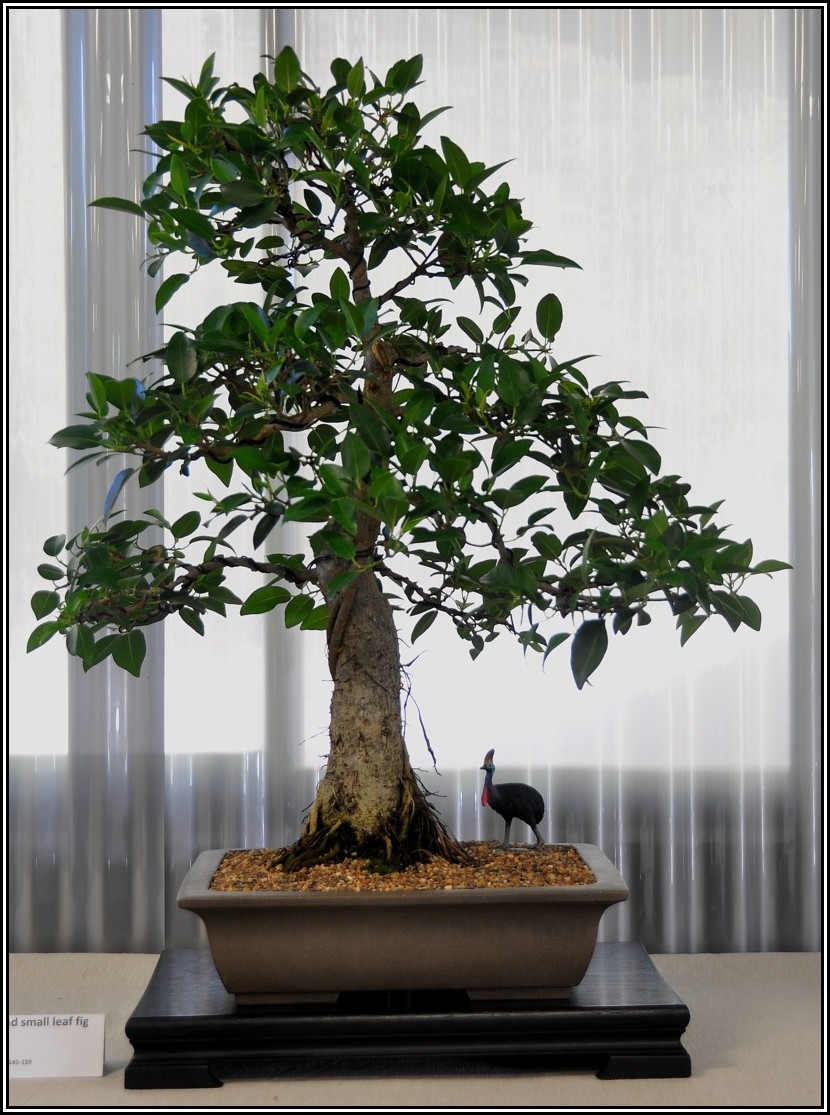 |
|
Southern Grevillea
ANBG location: 28-99-131-230 |
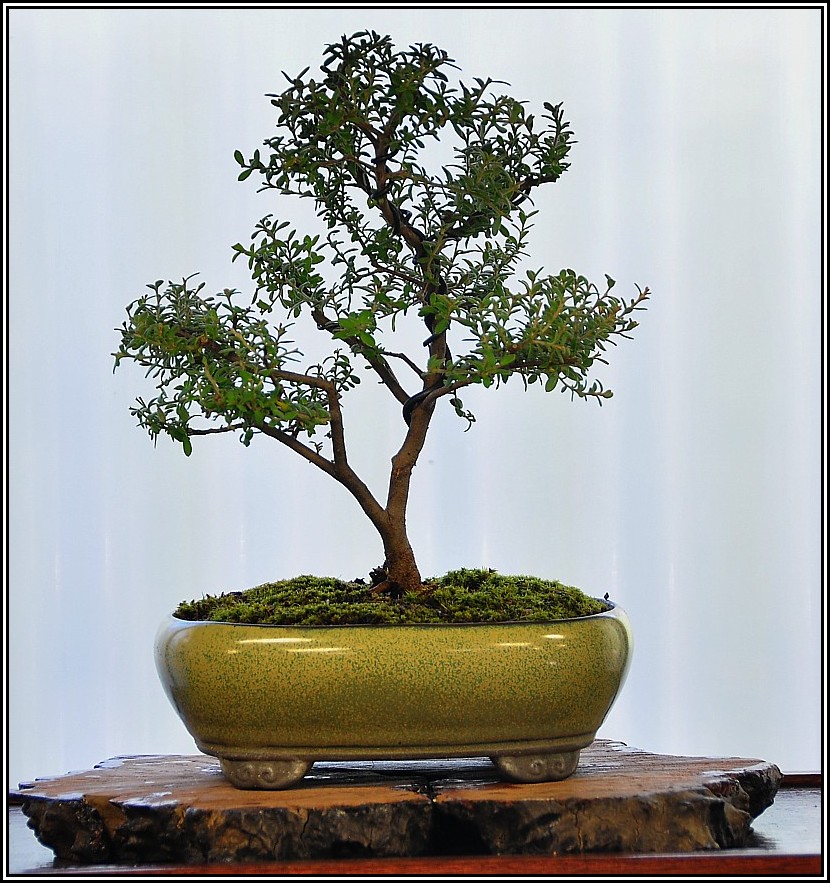 |
|
Grevillea
ANBG location: 168-169-227 |
 |
|
Wee Jasper Grevillea Age of Tree : 7 years
ANBG location: 24-221-240 |
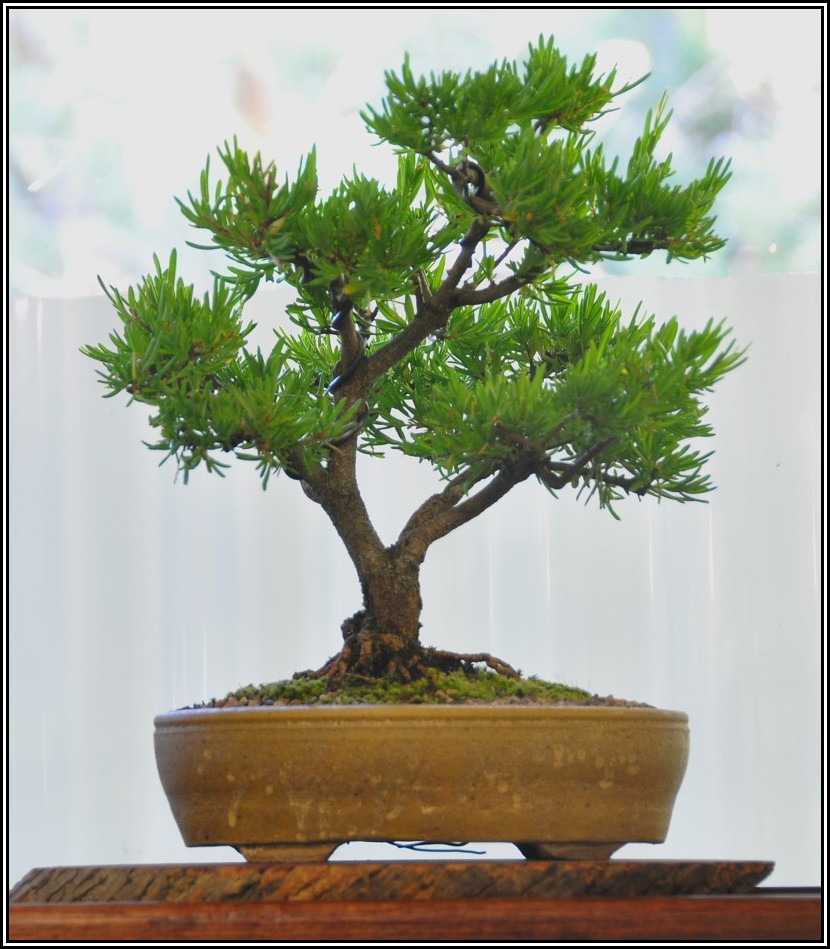 |
|
Grevillea Juniperina "New Blood" Age of Tree : 10 years
ANBG location: 168-169-227 |
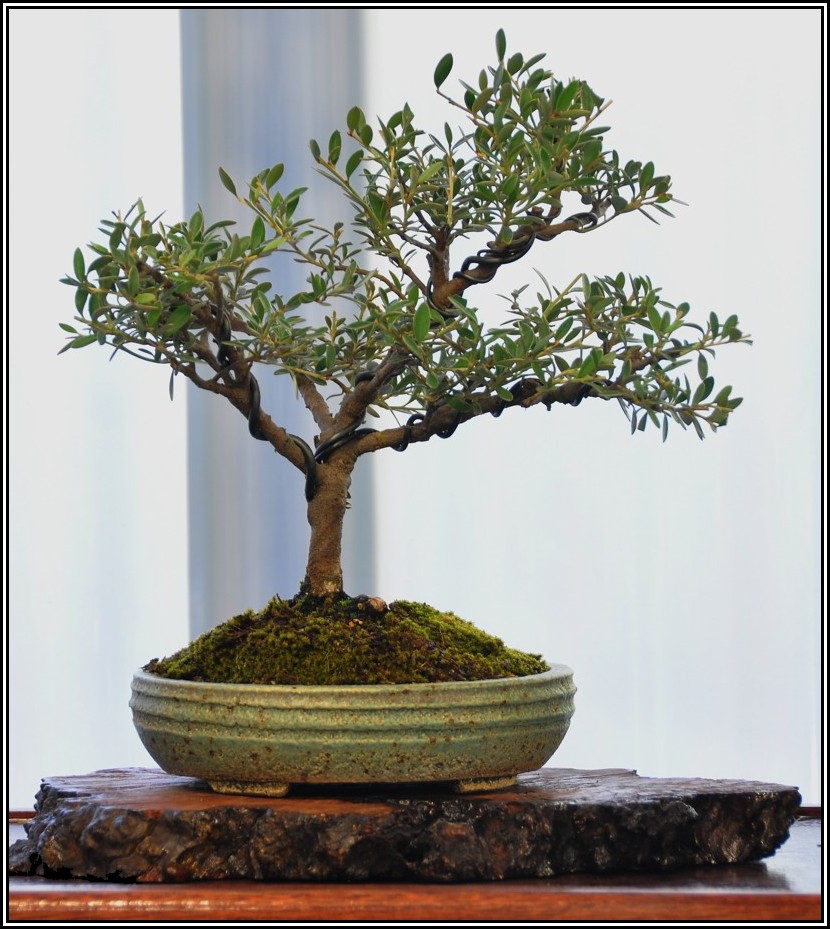 |
|
Grevillea Juniperina "Pink Lady " Age of Tree : 17 years
ANBG location: 24-99f-143-222
|
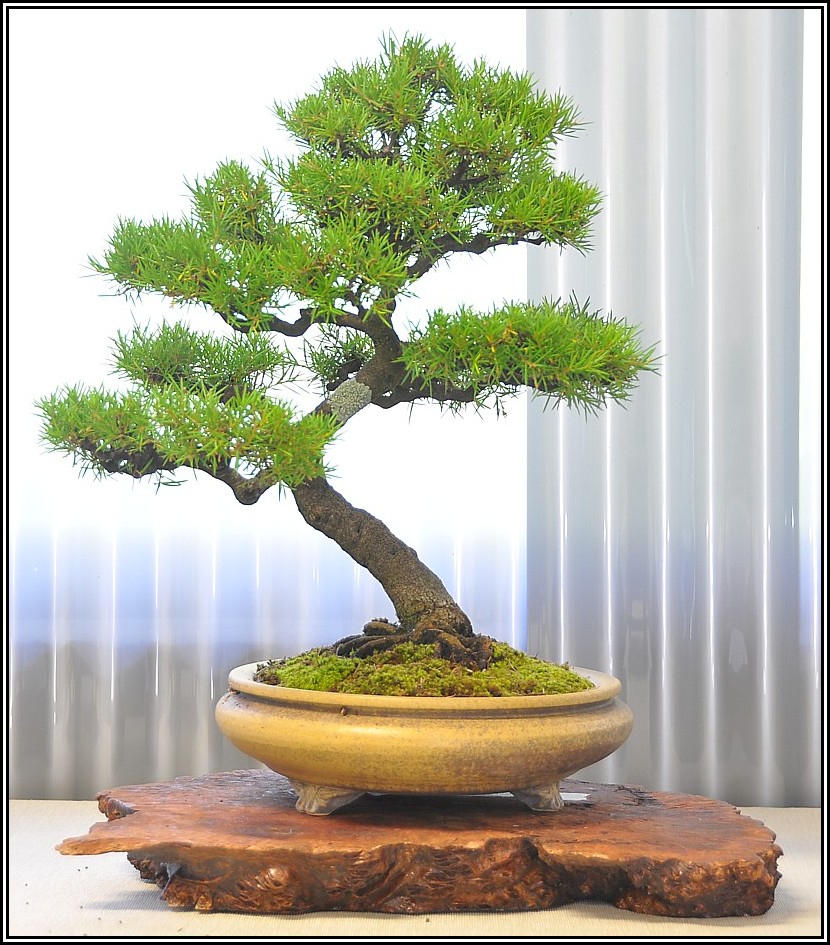 |
|
Tick Bush
ANBG location: 9-12-32-226 |
 |
|
Kunzea 'Snow Man'
ANBG location: 11-12-124-131 |
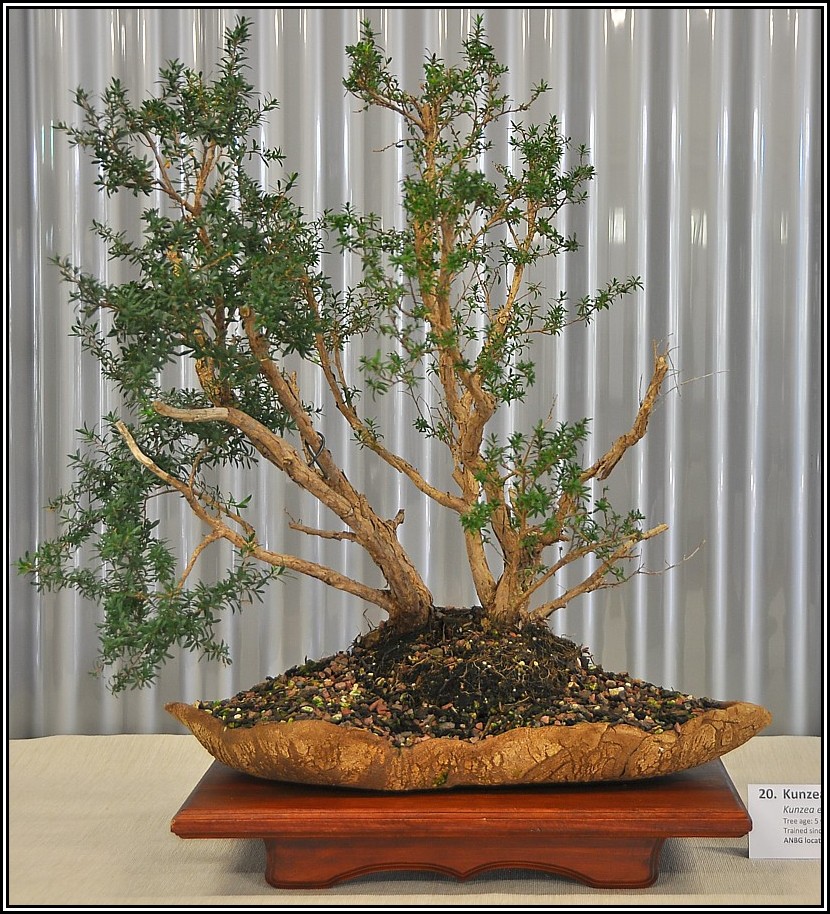 |
|
Kunzea
ANBG location: 19-191c-192 |
 |
|
Coastal Tea Tree
ANBG location: 12-99-180 |
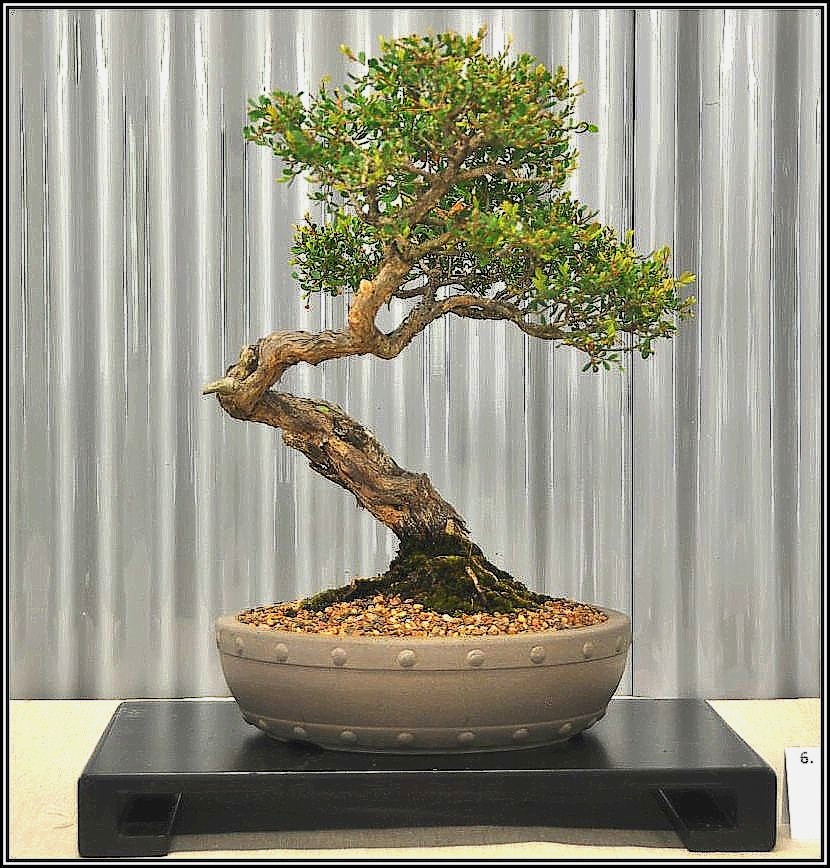 |
|
Coastal Tea Tree
ANBG location: 12-99-180
|
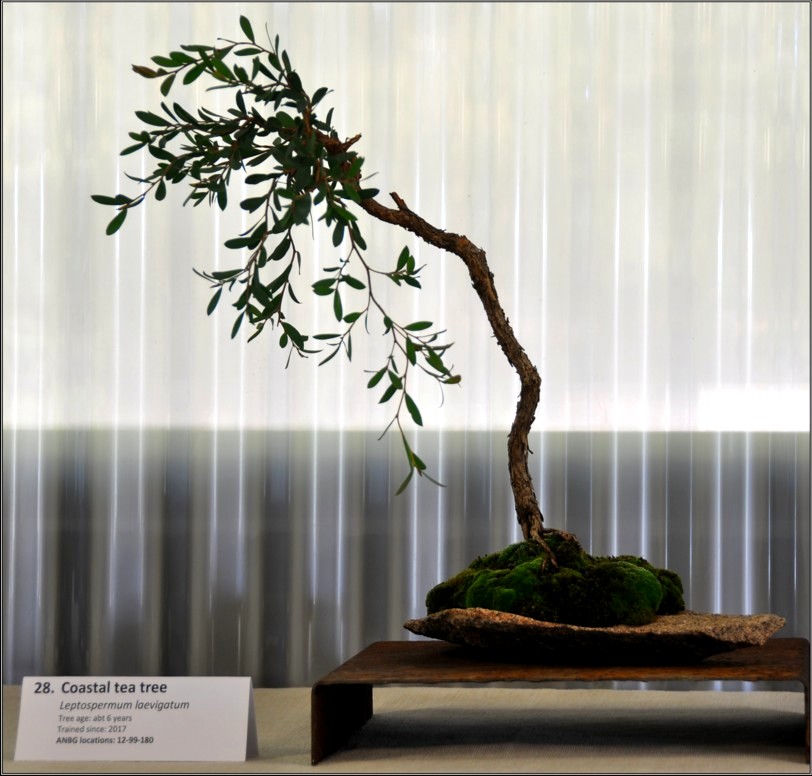 |
|
Prickly Tea Tree
ANBG location: 12-191t-194 |
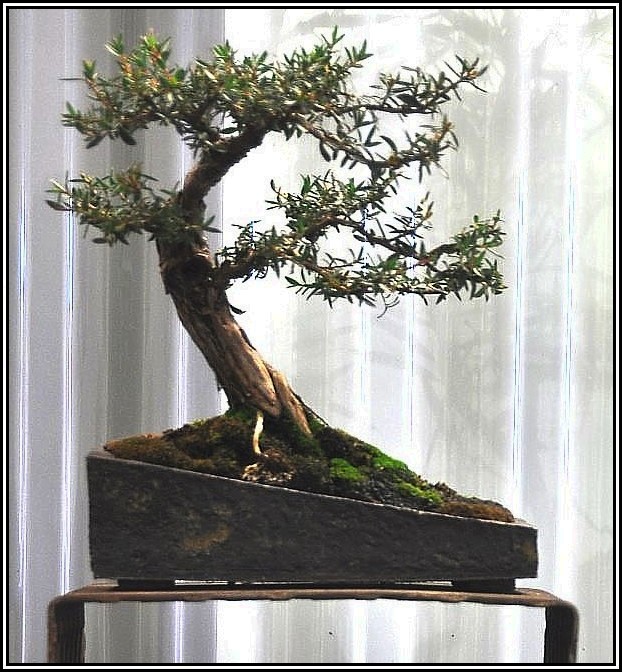 |
|
Leptospermum Mesmer Eyes
|
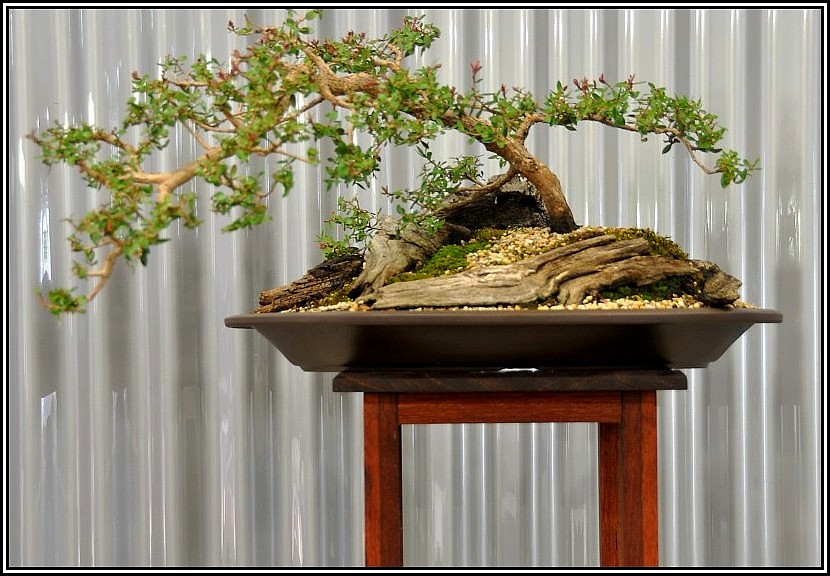 to the traditional left/right/back arrangement, making a pleasing curve. The bush type penjing setting was inspired by glancing at a ANBG location: 107-124-127 |
|
Swamp Tea Tree
ANBG location: 85 |
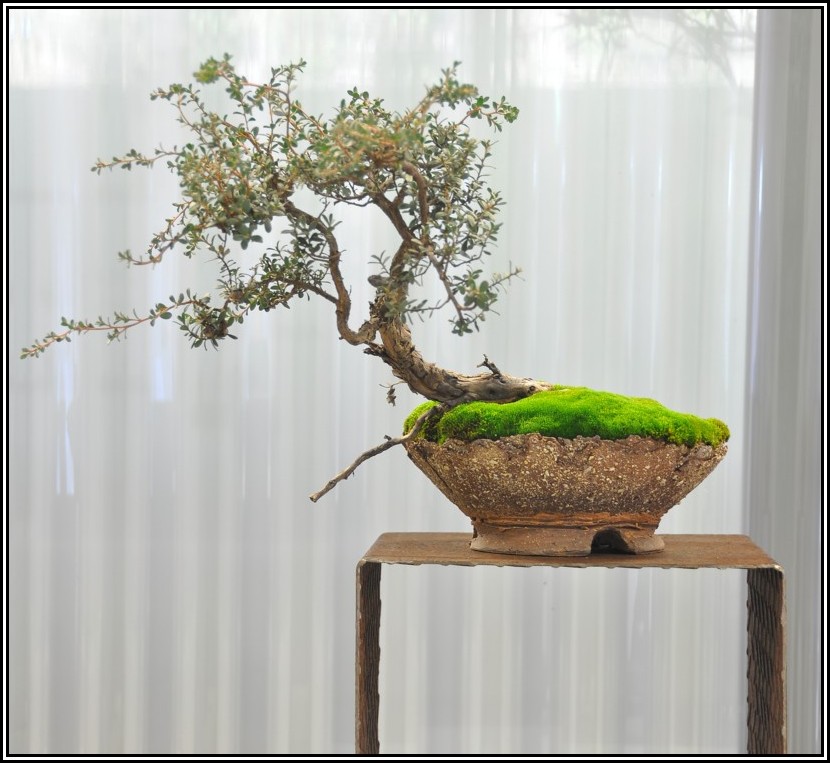 |
|
Tea Tree
ANBG location: 9-33-195-219 |
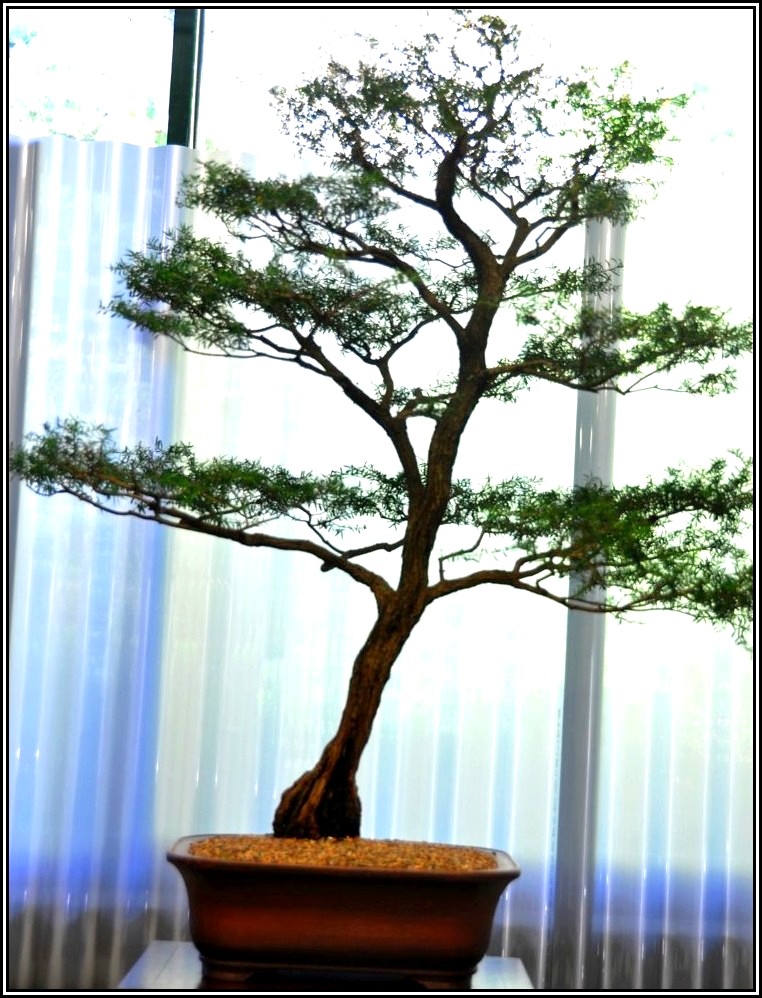 |
|
Headland Zieria
ANBG location: 170-174-221
|

